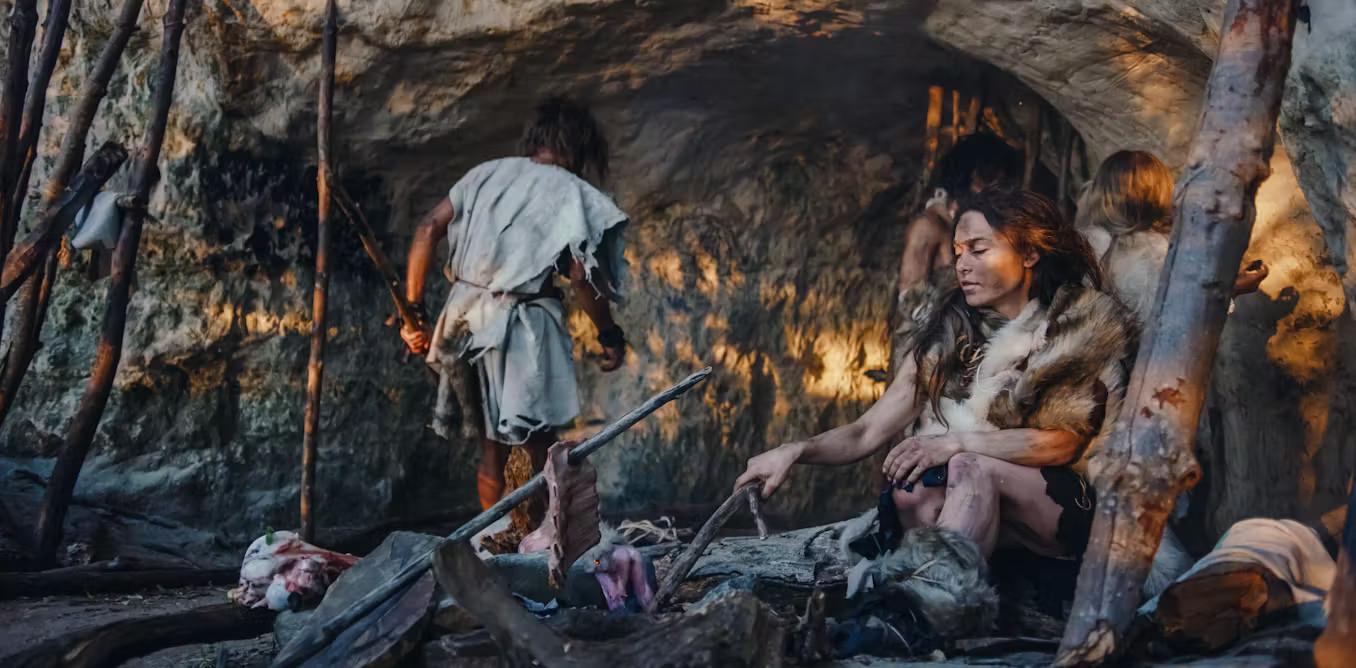Ancient DNA Unveils Secrets of the Norman Neolithic Elite Burial Practices





Monumental Graves: The Fleury-sur-Orne Cemetery
The Fleury-sur-Orne cemetery in Normandy, France, stands out as a beacon of Neolithic history, revealing fascinating details about the societal hierarchies over 6,000 years ago. This site, a part of the so-called "Passy phenomenon" within the Cerny culture, showcases monumental burial mounds that reflect social stratification, with individuals interred in grand structures over the centuries.
These mounds, some extending up to 300 meters long, housed remains of individuals deemed of high status. The 32 monumental graves contain 19 human burials from the Neolithic period. Initially constructed around the second quarter of the fifth millennium BCE, they predate the famed Atlantic megalithic societies, offering invaluable glimpses into the early monumental traditions of western Europe.
The highlighted research employed cutting-edge genome-wide DNA analysis on 14 individuals, revealing the cemetery's significant patrilineal tendency. Of these, 13 were male, indicating that a select group of male elites commanded this sacred space. Interestingly, one woman buried with an arrowhead artifact, typically a male symbol in the Cerny culture, raises questions about gender roles in these ancient societies.
What stands out within the cemetery are two poignant father-son pairs, symbolizing the passage of status from one generation to the next. This discovery, coupled with genetic evidence of a patrilineal society practicing female exogamy, outlines a community profoundly shaped by male-driven power dynamics.
The archaeological findings at Fleury-sur-Orne are as breathtaking as they are informative. These massive earthen long barrows, adorned with grave goods like polished axes and arrows, picture a society where monumental graves mirrored individual power and prestige. Although all artifacts and structures appear uniformly Cerny, nuanced differences depict Normandy's unique interpretation compared to the Paris Basin.
Aerial surveys have revealed similar sites such as Rots, Blainville-sur-Orne, and Cuverville, although Fleury-sur-Orne remains the most extensively excavated, providing critical context about the regional spread of the Passy tradition. The organization and artifacts found within the graves provide insights into a complex social hierarchy of unrelated family clans coalescing at the site over several centuries.
At its genetic core, the Fleury-sur-Orne populace reflects western European Neolithic genetic diversity, with evidence of a subsequent wave of new DNA profiles post-4000 BCE. The uniparental markers suggest distinct lineages with deliberate architectural monuments for each family unit, showcasing an evolving landscape of family alliances and social hierarchies across generations.
The evidence of father-son burials preserved within single monuments hints at a ceremonial passage of authority. The site aggregation around autonomous male figures corroborates elite gatherings tied to dynastic ancestry, marking a central meeting ground for the community's influential lineages. Each monumental grave likely signified a distinct lineage, indicating the complex nature of these ancient burial practices.
The Middle Neolithic period in Western Europe is marked by an array of grand funerary structures, known as megaliths, primarily found along the Atlantic coast. Fleury-sur-Orne stands out in the archaeological landscape with its substantial long barrows and unique burial practices dedicated to male elites. The site comprises burials that show a fascinating glimpse into the social fabric and practices of the time.
The individuals buried at Fleury-sur-Orne reveal a genetic mosaic characteristic of western European Neolithic diversity. This group primarily consists of males and unveils a patrilineal society practicing female exogamy, where women married outside their kinship group. The genetic diversity observed correlates strongly with the early megalithic societies found across western Europe.
The site's uniform architectural and symbolic heritage draws parallels and distinctions with the Cerny cemeteries of the Paris Basin, revealing cross-regional cultural threads and divergences within this compelling era of human history. Fleury-sur-Orne holds its own unique charms, distinguishing itself through subtle differences in burial rites and the distinct absence of subadults—a question that puzzles even today's scholars.
Haplogroups linked these ancient Normans to early European Neolithic farmers, drawing connections from Anatolia to beyond the Irish Sea. The artifacts and preserved burial designs suggest a hierarchical social order, with certain symbols like arrowheads marking high-status individuals akin to hunters. Instruments of hunting and defense, such as quivers and bows, were often found at these sites, painting a culture enthralled with the wilderness and the hunt.
Comments